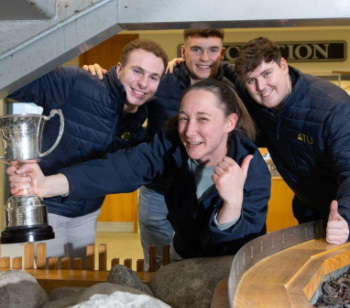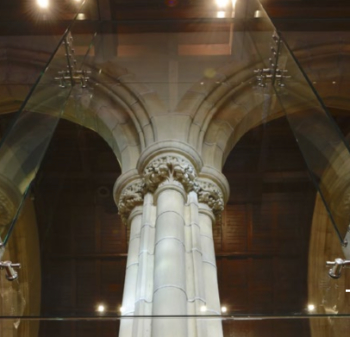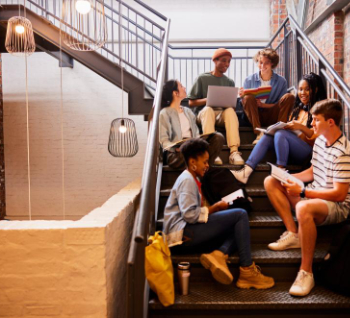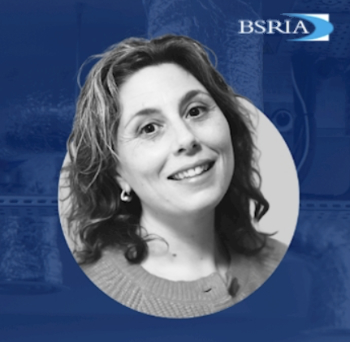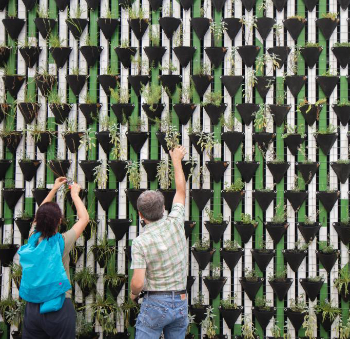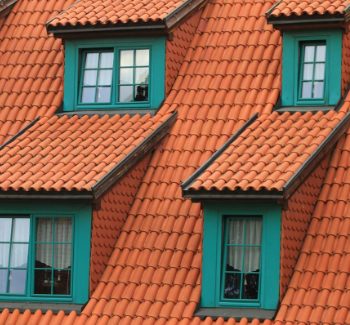Types of skirting board
Skirting boards, also known as baseboards, are boards that run around the lowest part of an interior wall. Typically, they cover the joint between the floor and the wall surface and provide protection from impact..
Many skirting boards are simple, rectangular timber boards fixed with nails, screws, glue, and so on, to the wall. However, there are some that can be used for more decorative purposes and can feature mouldings and intricate carpentry.
Common types include:
- Bullnose skirting boards have a top edge that is rounded and convex. Their design is extremely simple.
- Ovolo, with is similar to bullnose, but with a more gradual rounded curve that is set back slightly.
- Chamfered skirting boards have a top edge that is bevelled. They are slightly more stylish than bullnose boards but are still relatively simple.
- Ogee skirting boards have an ornate top edge with double curve.
- Torus skirting boards have a semi-circular, convex profile that is usually less ornate than ogee.
- Grooved skirting, which is rectangular, with one or more horizontal grooves below the top edge.
A great number of other variations are also available.

|
| Ogee profile skirting. |
There are three general types of installation:
- Applied skirting board is glued or nailed direct to the wall surface. This technique is quite common, since it is one of the easiest forms of installation.
- Flush skirting board is installed in a recess so it is flush with the wall. This permits furniture to be positioned directly against the wall. A shadow gap may be included between the skirting and wall.
- Reveal (or floating) skirting board is recessed in a manner that produces a negative space where the floor meets the wall.
For step by step installation instructions, see How to fit skirting boards.
It is possible to put skirting over skirting using skirting board covers. These can be placed directly over the original skirting boards without removing them. By avoiding the removal process, possible damage to the wall can be reduced. These covers are produced in a way that reproduces the look and feel of original skirting boards. However, they are designed specifically to be fitted over existing materials.
[edit] Related articles on Designing Buildings Wiki
Featured articles and news
Microcosm of biodiversity in balconies and containers
How minor design adaptations for considerable biodiversity benefit.
CIOB student competitive construction challenge Ireland
Inspiring a new wave of Irish construction professionals.
Challenges of the net zero transition in Scotland
Skills shortage and ageing workforce hampering Scottish transition to net zero.
Private rental sector, living standards and fuel poverty
Report from the NRH in partnership with Impact on Urban Health.
.Cold chain condensing units market update
Tracking the evolution of commercial refrigeration unit markets.
Attending a conservation training course, personal account
The benefits of further learning for professsionals.
Restoring Alexander Pope's grotto
The only surviving part of his villa in Twickenham.
International Women's Day 8 March, 2025
Accelerating Action for For ALL Women and Girls: Rights. Equality. Empowerment.
Lack of construction careers advice threatens housing targets
CIOB warning on Government plans to accelerate housebuilding and development.
Shelter from the storm in Ukraine
Ukraine’s architects paving the path to recovery.
BSRIA market intelligence division key appointment
Lisa Wiltshire to lead rapidly growing Market Intelligence division.
A blueprint for construction’s sustainability efforts
Practical steps to achieve the United Nations Sustainable Development Goals.
Timber in Construction Roadmap
Ambitious plans from the Government to increase the use of timber in construction.
ECA digital series unveils road to net-zero.
Retrofit and Decarbonisation framework N9 launched
Aligned with LHCPG social value strategy and the Gold Standard.
Competence framework for sustainability
In the built environment launched by CIC and the Edge.
Institute of Roofing members welcomed into CIOB
IoR members transition to CIOB membership based on individual expertise and qualifications.
Join the Building Safety Linkedin group to stay up-to-date and join the debate.
Government responds to the final Grenfell Inquiry report
A with a brief summary with reactions to their response.









